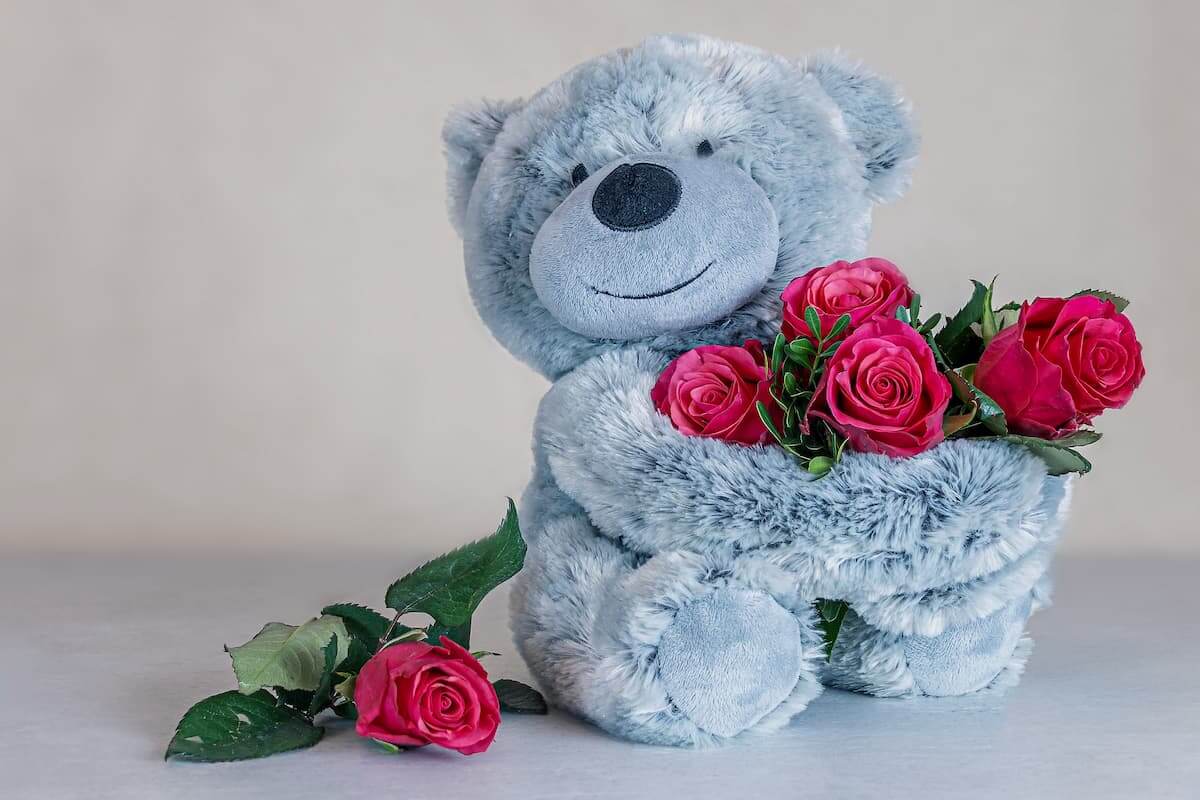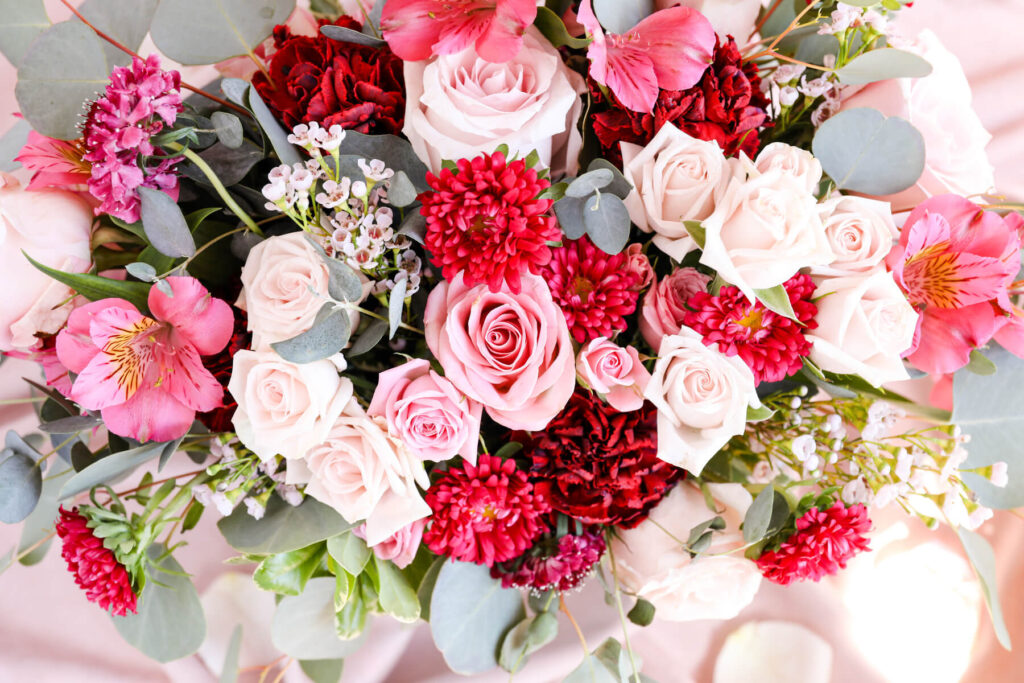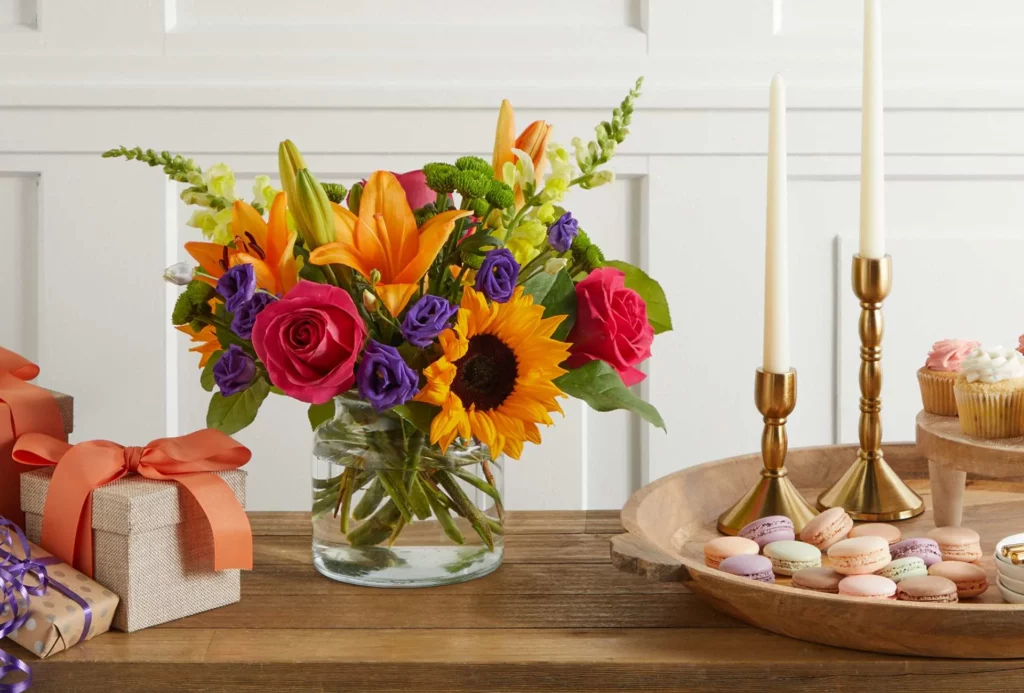Valentine’s Day is a time to celebrate love and affection. And what better way to express your feelings than with a beautiful bouquet of flowers? Flowers have long been associated with love and romance, and they hold a special place in the hearts of those who receive them. In this article, we will explore the language of flowers, the history and meanings behind popular blooms, tips for choosing the perfect bouquet, the emotional impact of giving flowers, caring for your Valentine’s Day blooms, and creative ideas for making this day even more special.
Understanding the Language of Flowers
Flowers have a language of their own, and each bloom carries a unique meaning. Understanding the symbolism behind different Valentines day flowers can help you convey your emotions more effectively. The history of flower symbolism dates back to ancient times.
Flowers have been used as a form of communication for centuries, with different blooms holding various meanings and messages. In the Victorian era, known for its strict etiquette and elaborate symbolism, the language of flowers, also known as floriography, was highly popular. People would carefully select and arrange flowers to convey sentiments that could not be spoken aloud.
The History of Flower Symbolism
In ancient civilizations such as Egypt, Greece, and Rome, flowers were associated with gods and goddesses and had specific meanings attached to them. For example, roses were associated with love and beauty, while lilies symbolized purity and innocence. These symbolic meanings have been passed down through generations and are still widely used today.
During the Middle Ages, flowers were often used in religious art and manuscripts to convey deeper spiritual meanings. The use of flowers in religious contexts symbolized virtues such as humility, purity, and devotion. Artists would carefully choose specific blooms to enhance the symbolism in their works, adding layers of meaning for the viewers to interpret.
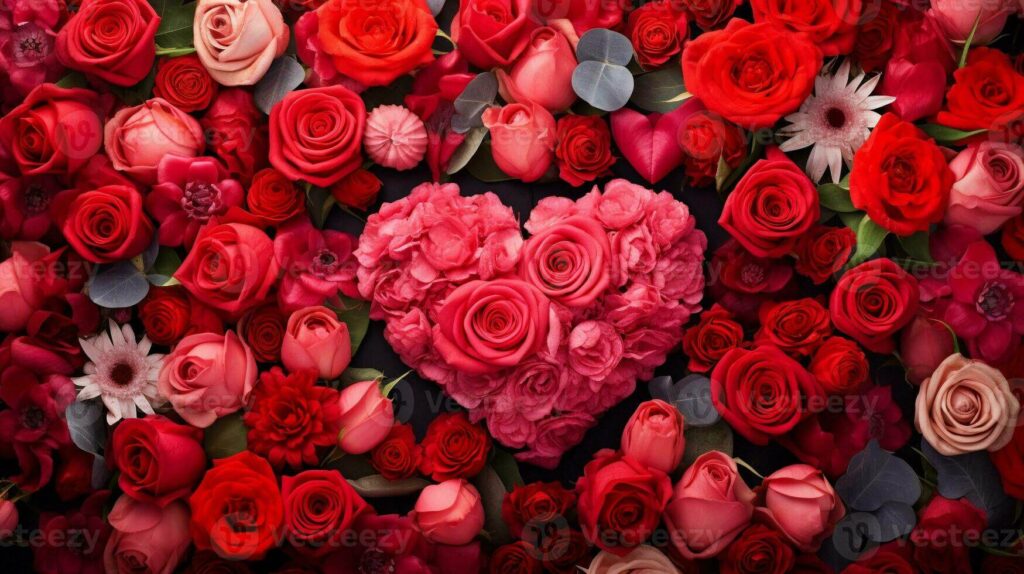
Decoding the Meanings of Popular Flowers
When it comes to Valentine’s Day, certain flowers have become synonymous with love and romance. Red roses, for instance, are a classic choice and symbolize deep love and desire. Tulips, on the other hand, represent perfect love, and carnations convey admiration. By understanding the meanings behind popular flowers, you can choose the perfect bloom to express your feelings.
Each culture and time period have contributed to the rich tapestry of flower symbolism we have today. From the delicate cherry blossoms of Japan, symbolizing the transient nature of life, to the vibrant marigolds of Mexico, representing the Day of the Dead, flowers continue to hold significant meaning in various traditions around the world. By delving into the language of flowers, you can uncover a world of hidden messages and sentiments waiting to be explored.
Choosing the Perfect Valentine’s Day Bouquet
When selecting flowers for your loved one, there are several factors to consider. First and foremost, think about their preferences and personal style. Do they prefer traditional roses, or would they appreciate a more unique bloom? It’s also important to consider the occasion and the message you want to convey.
Adding a personal touch to the bouquet can make it even more special. Consider incorporating your partner’s favorite flowers or including blooms that hold sentimental value for the both of you. This thoughtful gesture can show your loved one that you put time and effort into creating a meaningful gift.
Factors to Consider When Selecting Flowers
Aside from personal preferences, the color of the flowers can also convey different sentiments. For example, red is associated with passionate love, pink signifies gentleness and admiration, and yellow represents friendship. By choosing the right color and style, you can create a bouquet that perfectly captures the essence of your relationship.
Another important factor to consider is the flower’s symbolism. Different flowers carry different meanings, so selecting blooms that align with your feelings can add an extra layer of depth to your gift. For instance, tulips symbolize perfect love, while carnations represent admiration and affection. Understanding the symbolism behind each flower can help you craft a bouquet with a hidden message that speaks volumes.
Popular Flower Choices for Valentine’s Day
Aside from roses, there are several other popular flower choices for Valentine’s Day. Lilies are often associated with purity and devotion, while orchids symbolize love, beauty, and strength. Sunflowers can convey adoration, and daisies represent innocence and purity. Each of these flowers carries its own unique charm and can make for a stunning Valentine’s Day bouquet.
Consider mixing different types of flowers to create a visually striking arrangement. Combining various textures, shapes, and sizes can add dimension and interest to the bouquet. Additionally, incorporating foliage such as eucalyptus or ferns can provide a lush backdrop that enhances the overall beauty of the flowers. Experimenting with different elements can result in a one-of-a-kind bouquet that is sure to impress your significant other.
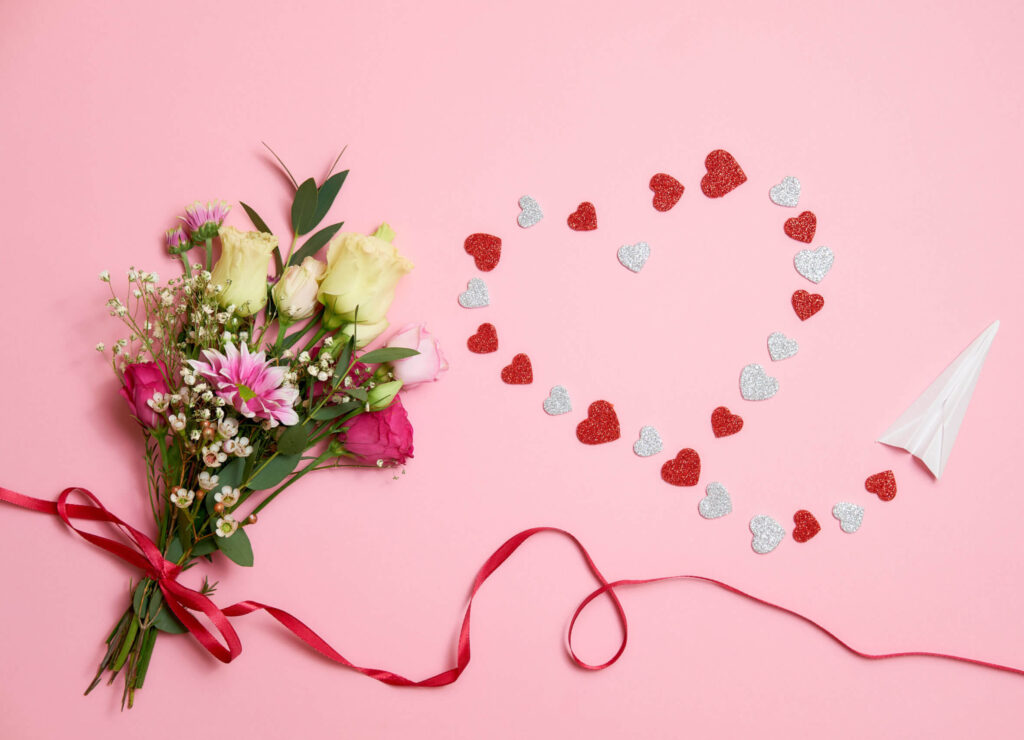
The Role of Flowers in Expressing Love
Flowers not only convey love but also have a profound emotional impact on both the giver and the receiver. The act of giving flowers is a gesture of love and affection that can make someone feel cherished and special.
Throughout history, flowers have been used as symbols of love and romance in various cultures around the world. From the red rose symbolizing passionate love to the delicate cherry blossom representing beauty and love in Japanese culture, each flower carries its own unique significance when it comes to expressing affection.
The Emotional Impact of Giving Flowers
Receiving flowers can evoke a range of emotions, from joy and happiness to excitement and gratitude. The sight and scent of fresh blooms can brighten someone’s day and make them feel loved and appreciated. It’s a simple yet powerful way to show someone that they hold a special place in your heart.
Studies have shown that the presence of flowers can have a positive impact on a person’s mood and emotional well-being. The vibrant colors and natural beauty of flowers can uplift spirits and create a sense of tranquility and happiness. This emotional response to flowers is what makes them such a popular choice for expressing love and affection.
How Flowers Communicate Love and Affection
Flowers have a way of speaking directly to the heart. Their beauty and fragrance can transcend words and communicate emotions that are difficult to express verbally. Whether it’s a single red rose or a lavish bouquet, giving flowers is a timeless way to say “I love you” and let someone know just how much they mean to you.
In addition to their emotional impact, flowers also have symbolic meanings that can enhance the message of love and affection. For example, the daisy is often associated with innocence and purity, making it a perfect choice for expressing sincere and heartfelt love. Understanding the symbolism behind different flowers can add depth and significance to the act of giving them as a token of love.
Caring for Your Valentine’s Day Blooms
Once you’ve chosen the perfect Valentine’s Day bouquet, it’s important to take care of the flowers to ensure they last as long as possible.
Valentine’s Day blooms are a beautiful expression of love and affection, and with the right care, they can brighten up your space for days to come. In addition to following the basic care tips, consider adding flower food to the water to provide essential nutrients to the blooms and help them stay vibrant.
Tips for Extending the Life of Cut Flowers
To keep your flowers looking fresh, trim the stems at an angle and place them in a clean vase filled with water. Change the water every few days and remove any wilted leaves or petals. Keep the flowers away from direct sunlight and drafts, as these can shorten their lifespan.
Another helpful tip is to mist the flowers with water using a spray bottle to keep them hydrated, especially if you live in a dry climate. This extra step can prevent the petals from drying out and help the bouquet maintain its beauty for longer.
Displaying Your Valentine’s Day Bouquet
Displaying your Valentine’s Day bouquet in a prominent place can add a touch of romance to your home. Choose a location away from heat sources and make sure the flowers are not overcrowded. You can also enhance the beauty of the blooms by adding decorative elements such as ribbons or greenery.
Consider pairing your bouquet with a scented candle or playing soft music in the background to create a truly romantic atmosphere. This thoughtful gesture can make your Valentine’s Day celebration even more special and memorable.
Making Valentine’s Day Special with Flowers
Valentine’s Day is a time to celebrate love and make cherished memories. Here are some creative ideas for incorporating flowers into your celebrations.
Creative Ideas for Flower Gifting
Instead of just presenting the flowers in a traditional bouquet, consider getting creative with your presentation. You can arrange the blooms in a heart-shaped wreath, create a flower crown, or even surprise your loved one with a flower-filled scavenger hunt. The possibilities are endless!
Another unique way to incorporate flowers into your Valentine’s Day celebrations is by hosting a DIY flower arranging workshop. This can be a fun and interactive activity for you and your partner to enjoy together. You can learn about different types of flowers, how to create stunning arrangements, and even personalize the bouquets to reflect your unique relationship.
The Tradition of Valentine’s Day Flowers
Flowers have long been associated with Valentine’s Day, and the tradition of giving flowers on this special day has deep roots. It is believed that the tradition originated in the 18th century when Charles II of Sweden began the practice of sending flowers to convey messages of love and affection. Since then, flowers have become an essential part of Valentine’s Day celebrations worldwide.
Furthermore, different flowers hold different meanings, making them perfect for conveying specific emotions. For example, red roses symbolize love and passion, while tulips represent perfect love. By choosing flowers that hold special significance to you and your partner, you can add an extra layer of thoughtfulness to your Valentine’s Day gift.
In conclusion, Valentine’s Day flowers are much more than just a beautiful gift. They are a way to express love, convey emotions, and create lasting memories. By understanding the language of flowers, choosing the perfect bouquet, and caring for your blooms, you can make this Valentine’s Day truly special. So why not let your heart bloom and say “I love you” with a heartfelt gift of flowers?
Related: How to Choose the Perfect Valentine’s Day Flowers for Your Loved One

